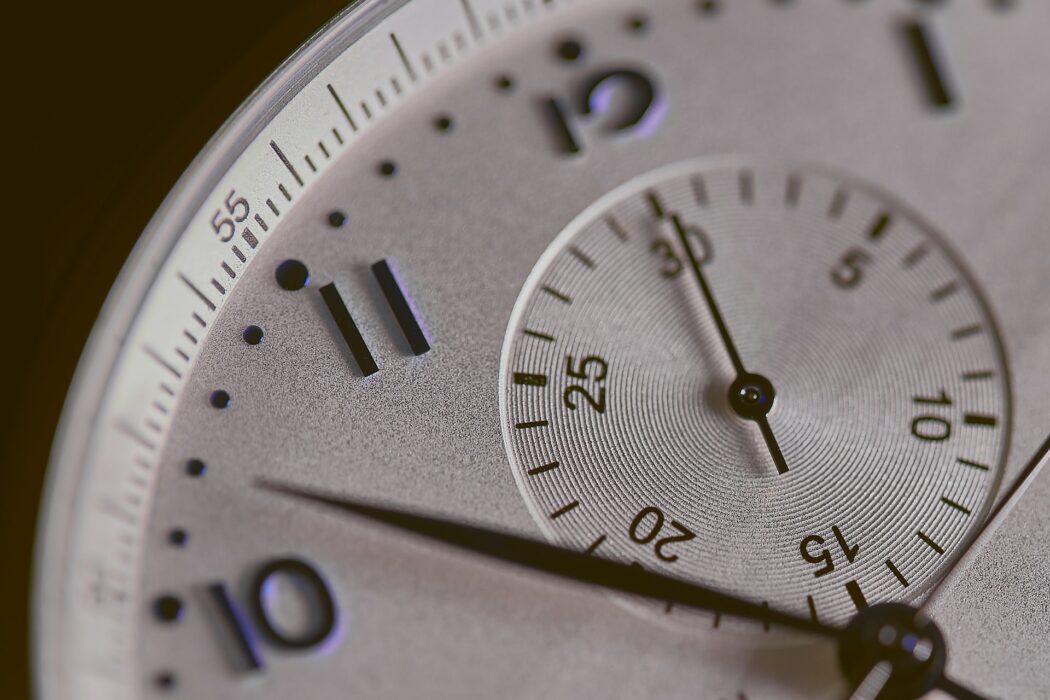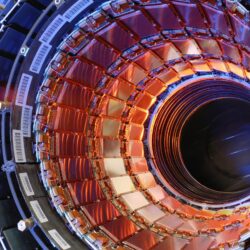
The definition of the second has not been updated in more than 70 years. But that could change in the next decade: Scientists are working on ultra-precise atomic-optical clocks based on visible light.
This is a new version of the atomic clock. It is claimed that it should be more accurate than the cesium clock, which is now the standard for time and frequency measurements.
It is noted that as early as June, the International Bureau of Weights and Measures may publish the criteria needed for the future definition of the second. At the moment, none of the optical clocks are ready to work, but the new definition of a second could be officially approved as early as 2030.
It is noted that a more accurate one could help study dark matter. The fact is that time is related to gravity. Time can go slower at sea level, where the Earth’s gravitational field is stronger, than at the top of Mount Everest, where it is slightly weaker. Supercurrent clocks detecting a tiny slowing of time could find clots of dark matter.
Last modified: 2022-08-05









